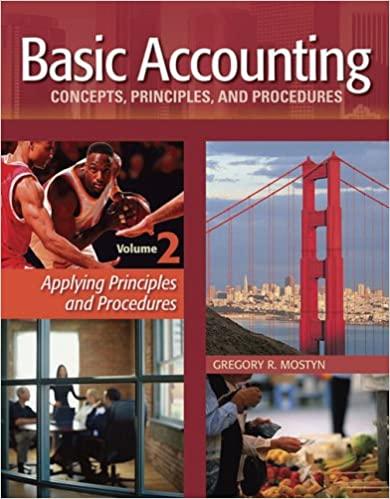Question
Miller, Inc. manufactures construction equipment and farm machinery tires. For the month of June, year 1, Miller expects to produce 2,500 tires and sell the
Miller, Inc. manufactures construction equipment and farm machinery tires. For the month of June, year 1, Miller expects to produce 2,500 tires and sell the same number at $1,000 per tire. Budgeted selling and administrative costs for the tires (all fixed) are expected to equal to $50,000. The standard costs per tire are as follows:
| Direct materials | 100 pounds @ $2/pound | $200 |
| Direct labor | 20 DLH @ $9/DLH | 180 |
| Variable overhead | 4.5 MH @$10/MH | 45 |
| Fixed overhead | 4.5 MH @$50/MH | 225 |
| Standard cost per unit |
| $650 |
Actual results for June differed from the budgeted results. Miller produced 2,300 tires, but sold only 2,000 at a price of $1,050 per tire. Actual fixed selling and administrative costs were $60,000. Actual production costs also differed from the standard:
| Direct materials purchased | 240,000 pounds @ $1.80/pound | $432,000 |
| Direct materials used | 240,000 pounds |
|
| Direct labor | 44,000 DLH @ $9.20/DLH | 404,800 |
| Variable overhead | 10,800 MH @$10.20/MH | 110,160 |
| Fixed overhead |
| 500,000 |
Compute the production cost variances, showing your work below.
| DM price variance |
| DM quantity variance |
|
| DL rate variance |
| DL efficiency variance |
|
| VOH spending variance |
| VOH efficiency variance |
|
| FOH budget variance |
| FOH production volume variance |
|
Step by Step Solution
There are 3 Steps involved in it
Step: 1

Get Instant Access to Expert-Tailored Solutions
See step-by-step solutions with expert insights and AI powered tools for academic success
Step: 2

Step: 3

Ace Your Homework with AI
Get the answers you need in no time with our AI-driven, step-by-step assistance
Get Started


